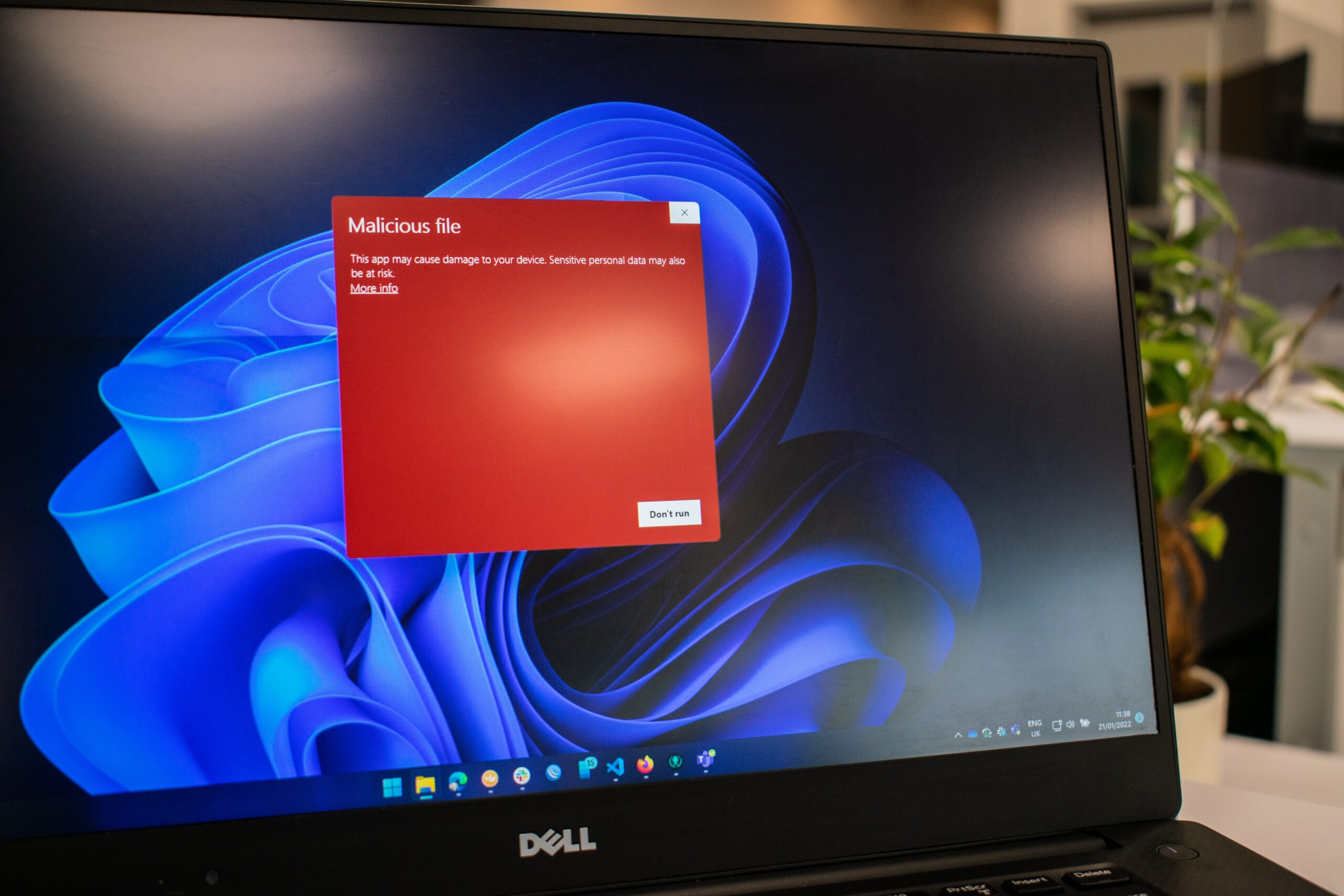The digital landscape we navigate daily is not without its dangers. Malware, malicious software designed to disrupt, damage, or gain unauthorized access to computer systems, poses a significant threat to individuals and organizations alike. In this article, we will delve into the world of malware, exploring its meaning, how it spreads and works, the most common types of malware, and strategies for detection and prevention. By understanding the nature of malware and adopting preventive measures, you can safeguard your digital presence and protect against potential threats.
What does Malware mean?

Malware, short for “malicious software,” refers to any software designed to harm or exploit computer systems, networks, or devices. Malware can take various forms, including viruses, worms, Trojans, ransomware, spyware, and adware. It often infiltrates systems without the user’s knowledge or consent, aiming to steal sensitive information, disrupt operations, or gain unauthorized access.
How does Malware spread and work?
Malware spreads through a range of vectors, including email attachments, infected websites, malicious links, file-sharing networks, compromised software, and removable media. Cybercriminals employ social engineering techniques to trick users into downloading or executing malware-infected files. Once installed, malware can perform a multitude of malicious activities, such as modifying or deleting files, logging keystrokes, capturing sensitive information, encrypting data for ransom, or creating backdoors for unauthorized access.
What are the most common types of malware?

Viruses: Viruses attach themselves to executable files and replicate when the infected file is executed. They can spread rapidly, infecting other files and systems. Viruses often cause system instability, file corruption, and unauthorized data access.
Worms: Worms are standalone programs that replicate and spread across networks without the need for human intervention. They exploit vulnerabilities in operating systems or network protocols to propagate, causing network congestion and system slowdown.
Trojans: Trojans masquerade as legitimate programs but carry out malicious activities once installed. They often create backdoors, allowing unauthorized access to a system, and can download additional malware or steal sensitive information.
Ransomware: Ransomware encrypts files or restricts access to a user’s system until a ransom is paid. It can cause significant data loss, financial damage, and operational disruptions.
Spyware: Spyware stealthily monitors a user’s activities, capturing sensitive information, keystrokes, login credentials, and browsing habits. It can lead to identity theft, privacy breaches, and unauthorized access to personal or financial accounts.
How can you detect Malware?
Antivirus and Antimalware Software: Install reputable antivirus and antimalware software on your devices. These programs can scan for and detect known malware signatures, providing real-time protection and alerts when malware is detected.
Regular System Scans: Schedule regular scans of your system to identify and remove any malware that may have evaded real-time detection. Set your antivirus software to update automatically to stay up to date with the latest malware definitions.
Suspicious Behavior: Be vigilant for signs of malware, such as unexpected system slowdowns, frequent crashes, unusual pop-ups, unauthorized network activity, or unexplained changes in file sizes or extensions. These can indicate the presence of malware on your system.
Phishing Awareness: Be cautious of suspicious emails, attachments, or links, as phishing attacks often deliver malware. Exercise skepticism and verify the legitimacy of emails and their senders before opening attachments or clicking on links.
Conclusion
In the ever-evolving landscape of cybersecurity, understanding malware and its various forms is crucial to maintaining a secure digital environment. By being aware of the types of malware, and how it spreads, and employing proactive detection and prevention measures, you can mitigate the risk of falling victim to malicious attacks. Remember to regularly update your software, practice safe browsing habits, use reputable security tools, and educate yourself about emerging threats. By adopting these strategies, you can strengthen your defenses against malware and enjoy a safer digital experience.
FAQs
How can I protect myself from malware?
Protecting yourself from malware requires a multi-layered approach. Install reputable antivirus and antimalware software, keep your operating system and applications updated, exercise caution when opening email attachments or clicking on links, and avoid downloading files from untrusted sources. Additionally, practice safe browsing habits and regularly scan your system for malware.
What should I do if I suspect my computer is infected with malware?
If you suspect malware on your computer, take immediate action. Run a full system scan using your antivirus software, as it may be able to detect and remove the malware. If the issue persists or your antivirus software cannot remove the malware, consider seeking professional assistance from a reputable cybersecurity provider.
Can malware affect mobile devices?
Yes, malware can affect mobile devices, including smartphones and tablets. Cybercriminals target mobile devices with various forms of malware, such as malicious apps, phishing attacks, and SMS-based attacks. To protect your mobile devices, use reputable security software, download apps from official app stores only, keep your operating system and apps updated and be cautious when granting permissions to apps.
Are there any signs that can help me identify a potential malware infection?
Yes, there are signs that may indicate a malware infection. These include unexpected system slowdowns, frequent crashes or freezes, unusual pop-ups or advertisements, changes to your homepage or search engine settings, unexplained network activity, and unauthorized access to personal accounts. If you notice any of these signs, it is important to investigate further and take appropriate action.
Can I recover my data if it is encrypted by ransomware?
Recovering data encrypted by ransomware can be challenging. It is advisable to have regular backups of your important files stored in a secure location, separate from your main system. In the event of a ransomware attack, you can restore your files from the backups after removing the malware. However, it is crucial to disconnect the infected system from the network immediately to prevent further damage and seek professional assistance for guidance on data recovery options.
- Remember, being proactive in preventing malware infections is key. By adopting security best practices, staying informed about the latest threats, and maintaining a layered defense strategy, you can significantly reduce the risk of malware compromising your devices and data.

